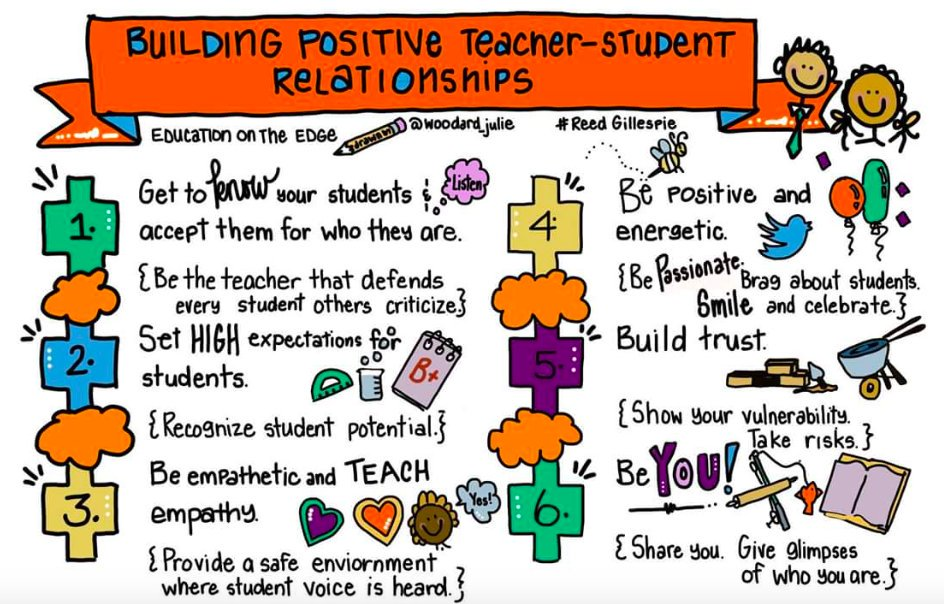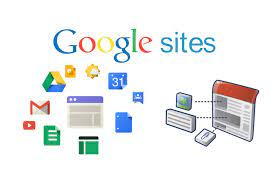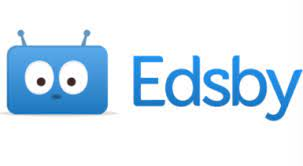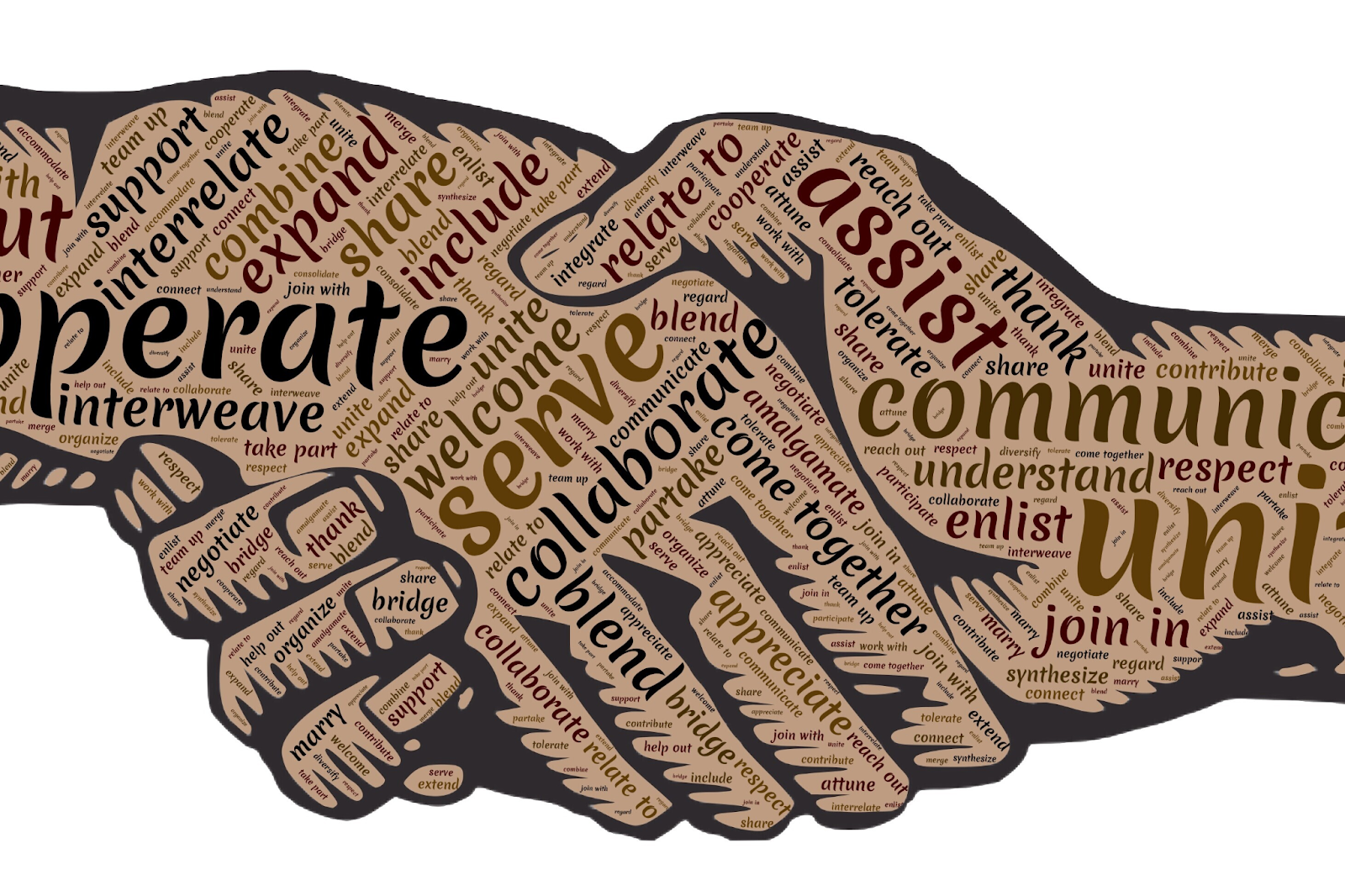Module Update: Classroom Community!
As we continue to plan our Course for Grade 8 – Cells and Systems, Leona, Bret and myself are looking at ways in which we can implement online tools that will help increase the interactions between those involved in the course (students, teachers, parents, community members), creating and fostering a positive classroom community, albeit online.
There are several different LMS and Online Tools that could be used within our course (Google Classroom, Google Sites, Forums, Edsby). However, we do want to ensure that the use is purposeful, engaging and that we have an authentic means of determining the students’ progress.

The Functional Classroom Community
In her article The Importance of Classroom Community, Alicia Ivory outlines community as:
- A group of people who live in the same area (such as a city, town, or neighborhood)
- A group of people who have the same interests, religion, race, etc.
With that, one could go further to define a classroom community as a common space shared by a group of students and their teacher(s). However, defining a classroom community is much more complex than just a group of students and teachers sharing a common space. Ivory goes on to outline that the classroom community is a space composed of students who feel a sense of belonging and are connected by the common goal of learning. This sense of belonging is crucial for the success of any classroom community. Those students who do not feel connected or safe will struggle working towards the common goal of the group and may struggle unifying and connecting with their classmates.
Importance of Classroom Community
Schools and classrooms can be a scary place for students. Especially for those who may feel like they don’t belong or may be struggling with mental health, such as anxiety or depression. Ivory outlines in her article The Importance of Classroom Community, that the most important component to developing a strong classroom community is creating a space where students feel safe. This safe community must meet the needs of the students, whether they are struggling with mental health or just need a place to feel they belong.

A strong and supportive classroom community not only improves a students sense of belonging, but has also been shown to increase participation and confidence where students feel confident in their thoughts and abilities, thus making their desire to share their thoughts increase. Finally, Ivory outlines that strong classroom communities help develop a sense of student ownership to their education as well as increased accountability. A well developed classroom community can empower students to take on a greater role in their learning.
Creating Classroom Community

There are many ways that a teacher can create and foster a positive and effective classroom climate. By taking the time and putting in the effort to create these communities, teachers can have a major influence on their students’ learning. As in any community, relationships remain a constant pillar of success. If students struggle to develop positive and meaningful relationships, they may also find it difficult to connect within their classroom community. Ivory outlines in her article, The Importance of Classroom Community, some ways teachers ensure that their classroom community is strong, safe, inclusive and welcoming:
- Help students build bonds with their classmates – students who feel a sense of belonging and support from their peers may be more empowered to engage and connect with their classmates. This can be done in a non-formal way utilizing ice breaker activities. Teachers can use collaborative activities within their classroom to help continue fostering the bonds between classmates.
- Ensure a positive environment – teachers have the ability to create a positive environment as soon as the students arrive at school. They should be visible and greeting students as they enter the school or classroom; this will also help establish routine which many students require to be successful. These routines help build a sense of trust within the classroom as well and in turn will also aid in developing the positive climate.
- Promote inclusivity – every student needs to feel that they are seen while they are at school. By ensuring students feel safe sharing their views and opinions is one way to establish and build a positive environment. When students know that they are seen, they will also feel that they are a valued member of their classroom community. Students who feel valued will have a much more positive experience at school.
- Develop relationships – teachers need to spend the time early and often developing relationships with their students. Students need to know who their teacher is and a good way to do this is having a “Get to Know Me” presentation with question and answers where students are able to ask questions about their teacher. This will help instill a sense of trust and respect with their students.
Many of these aspects discussed above can be completed in the face to face or virtual classrooms. The setting of the classroom does not matter, but developing a strong sense of community within the classroom is essential, ensuring students feel safe,included, and see themselves as a valued member. The importance of building positive communities should not be downplayed. A positive classroom experience will help students succeed beyond the walls of their classroom and outside of their school.
Selected Community Interactions within the Course
In order to develop community in our classroom we have decided to implement the following online tools:
- Google Sites
- Mentimeter
- Padlet
- Chat while in Google Classroom Meet
- Jam Board
- Edsby
By doing this we feel that we will create a respectful, engaging online classroom where everyone feels connected. When making connections in our classroom we would like to find ways to facilitate connection between students, between students and instructors, as well as between students – teachers and the community.
Several different discussion forums were chosen including Mentimeter, Padlet, Chat Option in Google Classroom while on Meet, and Jam Board. Students will be able to engage with each other and the teacher in real time while in Google Meet using the Chat option. Students will be able to process and craft their responses to each other and the teacher when using Jam Board, and Padlet. These options are more reflective and will allow students more time if needed. Menimeter will be used for instant feedback regarding the class as well as an assessment tool.
Justification for Student Interaction Tools Chosen
Google Sites
We have chosen Google Sites for a few different reasons. Firstly, Google Sites is a part of Google Education it connects easily with our chosen LMS of Google Classroom. We believe this makes it easy and streamlined for the students and teachers to communicate with each other without too many hassles. Secondly, students are familiar with many Google Apps already. Many of the functions within Google Sites are similar to that of Google Docs and Google Slides and because of this our students will spend more time working on the quality of their work and less time on the functioning of the program. Lastly, as teachers we have control over whom we can allow to see the students work. If we want other students and or parents to have access to the work we can make that choice. Being able to view each other’s work will allow students to practice editing and providing critique before making a final submission for marking. Also, it allows the teacher to make suggestions along the way for improvement and for the parent to see the final work of their child. This collaborative approach can be beneficial in developing and maintaining a positive and inclusive classroom community.

Discussion Forums
Many tools we have chosen to use in our course may not be traditional type discussion forums; however, we feel that they will provide the opportunity for students to make suggestions and give input into the class without feeling intimidated to speak up. Many of the options listed above are quick access, meaning that responses can be immediate on phones and we do not need to take time to book a laptop cart. For those students without phones participation can still occur with pencil and paper or with a classroom computer. The tools are a great way for students to express thought and share ideas appropriately in a group setting which allows a teacher to determine if they need to review content or if they can move ahead with new content. These options are more reflective and will allow students more time if needed.

Google Classroom
Google Classroom is a good option to keep the course organized. Posting of material and assignments can easily be done. This allows students that are absent from synchronous lessons to maintain contact with the class. Also for those students that struggle to keep up with note taking during class time they can always have access to the course material. This also gives parents access, when they accept the invitation to Google Classroom, so they can see what students are learning, and what assignments need to be completed. Students can message each other in the stream about assignments or ask each other questions. The teacher has control over the stream and can delete comments or questions that do not follow the code of conduct set by the teacher and students.

Edsby
We have chosen to use Edsby as a tool because we all work with Regina Public School Division and this is our new LMS that we are trying to learn. This is a great way to communicate with parents about student progress and update them about their child’s learning. Students can also message teachers directly in this LMS. Teachers can easily message parents and students regarding assignments. Teachers are also able to Broadcast messages to the entire class, including parents at one time. Parents or students can then respond privately.

Joint Classrooms
There are many valuable learning experiences we can encounter by sharing. There could be opportunities to combine classrooms within the school, at another school or with community members as guest speakers. We feel this will help broaden the students’ sense of community. As well as help students learn how to seek out knowledge from a variety of sources. We will use Joint Classrooms to implement programs from our community partners such as the Science Centre, the University of Regina EYES program, or guest speakers to reinforce teachings within the course.
Experts in Field
The classroom instructor likely shouldn’t be the limit to our knowledge. Experts in their field are able to provide enrichment and expertise to our content. When we don’t know the answer let’s go looking. By using social networking communities like Twitter we will tap into other sources of knowledge. Our students will be encouraged to find and reach out to Experts in the Field using their own Twitter or social media accounts to speak to the class, interview or guide through demonstrations. Fellow teacher Jason Howse reaches out on Twitter often and is successful in bringing authors, scientists and other experts into his classroom community.
Assessment of Learning Through Online Tools
Using Google Sites will provide an opportunity for students to share and express their knowledge gained in a creative way. By using the comment function within the program the teacher has the ability to provide formative feedback or critique as the student works. Once the final product is complete a more summative assessment can be completed with the use of a possible rubric like this.

A variety of Discussion Forums will be utilized for individual brainstorming and whole group discussion. As well the above listed online tools will be used as a check in by the teacher to gauge the students comprehension specifically to the science content covered during class time. Best practices will be used to assess students’ work in the online forums, including graphic organizers, concept maps, checklists/rating scales and rubrics.
Google Classroom will be utilized as space to provide instruction of content, view a video or posting of material, assistance through video chat to small groups of students that require adaptations, and students communicate difficulties with assignments. All the above provide the teacher with ongoing formative assessment throughout the course.
Edsby will be used to record student achievement using Gradebook. As well, Edsby will be used to communicate with families/caregivers about student progress, highlights, items to work on and missing assignments. Students may also post work they are proud of in their Learning Story on Edsby.
Online Guidelines for Effectiveness within the Classroom Community
Students will need to follow online etiquette or netiquette rules while posting on each other’s blogs or discussion forums. The University of Potomac outlines netiquette rules that we expect our students to follow as well.
Protocols for Etiquette in a Google Meet will need to be set in place to establish a respectful classroom community (camera’s on, etiquette on the chat, appropriate backgrounds, dress, volume control, hands up to speak).

When using brainstorming type discussion forums such as mentimeter or padlet students will need to use their first or last name to identify themselves when logging on. Reminders of appropriate language and ideas should be addressed prior to use, we want the experience to be beneficial to our learning.
As a teacher it would be beneficial to lead by example by posting regularly in the discussion forums and commenting on student blogs. This is a positive way to demonstrate to students how to comment using constructive criticism, asking questions that are relevant to the post and practicing netiquette rules.
Thanks for reading.
Brianne, Leona, Bret

